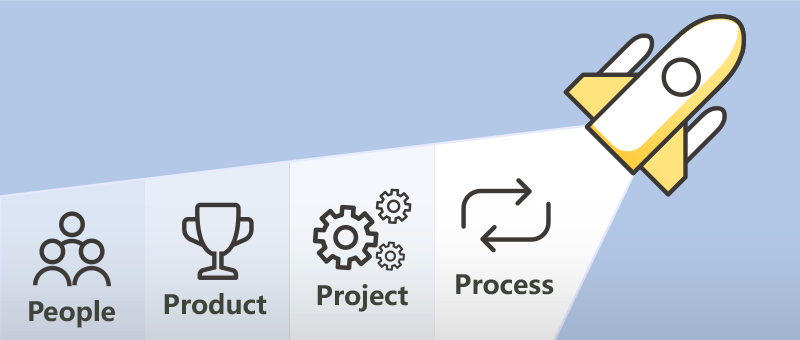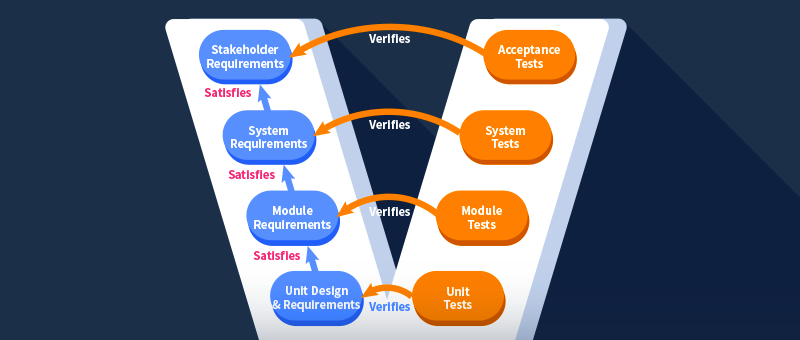Resource Management For Service Organization

The scope of the service industry is broad, covering industries ranging from IT and marketing to legal and accounting. Despite the varied nature of these industries, every team leader and project manager benefits from taking a strategic approach to resource and capacity planning.
Resources are necessary for service enterprises to complete their tasks. Resources usually refer to personnel, but also include equipment and materials. Since the highest cost of service enterprises is resource expenses, their managers must deploy these resources strategically and make effective dynamic resource management in execution.
Here are the top five most common challenges for service businesses:
1. Insufficient billable hours
Challenge:
Maximizing billable hours per employee is critical to maintaining cash flow and increasing profits for service businesses. Time is the inventory of the service enterprises, which is a perishable resource that goes bad in seconds. A common problem is the fast-paced work environment leading to missed billable time. For example, the time spent communicating with customers online or resolving issues was neglected and went unrecorded for several hours, and the hours can be added up to a significant number. Another common problem is that some employees are assigned too much billable work but some have little. The overloaded employee is billed up to  hours per day, while the employee with little billable work has free time but cannot be billed.
hours per day, while the employee with little billable work has free time but cannot be billed.
Solution:
Maximizing employee billable time actually means better project resources and time management. With  Service you can urge your employees more effectively to record the time they tend to forget billing. With
Service you can urge your employees more effectively to record the time they tend to forget billing. With  , you can balance resources more effectively and redistribute the work of overloaded employees to those who do not have enough billable work.
, you can balance resources more effectively and redistribute the work of overloaded employees to those who do not have enough billable work.
Challenge:
It is not enough to just have resources. They should also have the skill set needed to successfully complete the project requirements and that are useful to the entire organization. Allocating resources without considering their skills ends up wasting time.
Solution:
Define the required skill set in  , which will automatically apply skill management to recruitment applications, personnel resumes, interview evaluations, training evaluations, project resource matching, performance evaluations, and succession planning. The system makes skill management an integral part of enterprise resource management.
, which will automatically apply skill management to recruitment applications, personnel resumes, interview evaluations, training evaluations, project resource matching, performance evaluations, and succession planning. The system makes skill management an integral part of enterprise resource management.
3. Insufficient ability to share resources
Challenge:
Shared resources are useful resources working on two or more projects or clients at the same time, which is common in the service industry. For some very professional or experienced resources, sharing is necessary because they are expensive and hard to find. But many service enterprises do not manage the workload of shared resources well. For example, project A and project B both need an architect in the same month. The same architect is assigned to project A for the first half of the month, and then to project B for the second half of the month. However, after the two projects were launched, project A was delayed for half a month, while project B was not delayed, so project A and project B had a resource conflict.
Solution:
Any service enterprise company, large or small, will encounter these issues to some extent in its resource management process. The source of the problem is that these companies use outdated static form-filling resource management tools. However,  Service can not only automatically match suitable available resources based on time and skills during resource planning, but also dynamically and automatically detect resource conflicts and re-match proper usable resources during job execution.
Service can not only automatically match suitable available resources based on time and skills during resource planning, but also dynamically and automatically detect resource conflicts and re-match proper usable resources during job execution.
Resource cost is the most important cost of service enterprises, and insisting on using outdated resource management tools is the practice of losing the greater for the less.
4. Plan for ongoing resource needs
Challenge:
Running a service business means balancing your time between working on current projects and planning future work.
A client’s budget may abruptly end, expand, or start for various reasons. In a post-COVID-19 world, these ups and downs appear to be more dramatic than before. If you do not plan for downtime or increased demand, some areas of your business may be affected. In a marketing agency, for example, the demand on the design team may exceed its capacity, while the strategy or production team may exceed its capacity. This can affect your project schedule and billable time, both of which ultimately influence your bottom line.
Demand problems stem from inconsistencies in sales channels. This could be due to over-specialization in the types of companies the company works with, or an improper business development process.
Solution:
One of the best ways to attract leads and generate steady demand is to improve your sales channels. A key factor to consider is the monthly or quarterly customer churn rate based on revenue rather than the number of accounts. Use  data to identify the strongest and weakest points in your sales funnel. For example, if you know that most of your customers leave your website after visiting your landing page, then think of ways to increase engagement at that stage. This might involve adding a video to the page, tightening up the copy, or directing potential clients to a free consultation or a first-service discount.
data to identify the strongest and weakest points in your sales funnel. For example, if you know that most of your customers leave your website after visiting your landing page, then think of ways to increase engagement at that stage. This might involve adding a video to the page, tightening up the copy, or directing potential clients to a free consultation or a first-service discount.
5. Recruitment and training
Challenge:
For service businesses, you may need to hire new employees to help offset the project burden, but hiring will also create more jobs for you and your team in the short term.
We must constantly balance employee recruitment and onboarding. Not only do you need to find, vet and interview candidates, but you also have to train them, which requires a lot of non-billable time and resources. Moreover, it can take weeks or months for a new employee to start billing and generate revenue for the company, depending on the new employee’s experience level.
Solution:
To prevent loss of revenue and job opportunities, you can use  to shorten your company’s recruitment and training time, and adding checks and balances in the process may also help. Consider clarifying the scope of work in the job description, casting a wider net for candidates, or conducting a more thorough interview. These steps can assist you in finding more experienced candidates.
to shorten your company’s recruitment and training time, and adding checks and balances in the process may also help. Consider clarifying the scope of work in the job description, casting a wider net for candidates, or conducting a more thorough interview. These steps can assist you in finding more experienced candidates.
Using  ,you can speed up the process of training and conduct courses for internal purposes with its e-Learning module.
,you can speed up the process of training and conduct courses for internal purposes with its e-Learning module.


 is cool!
is cool! provides you a comprehensive
picture of recent, current, and likely future of your infrastructure and operations.
provides you a comprehensive
picture of recent, current, and likely future of your infrastructure and operations.


















































































